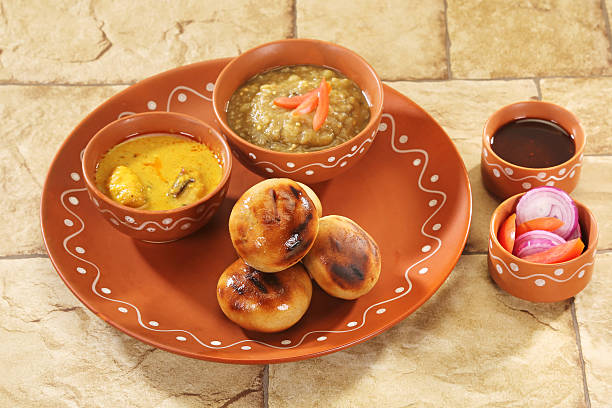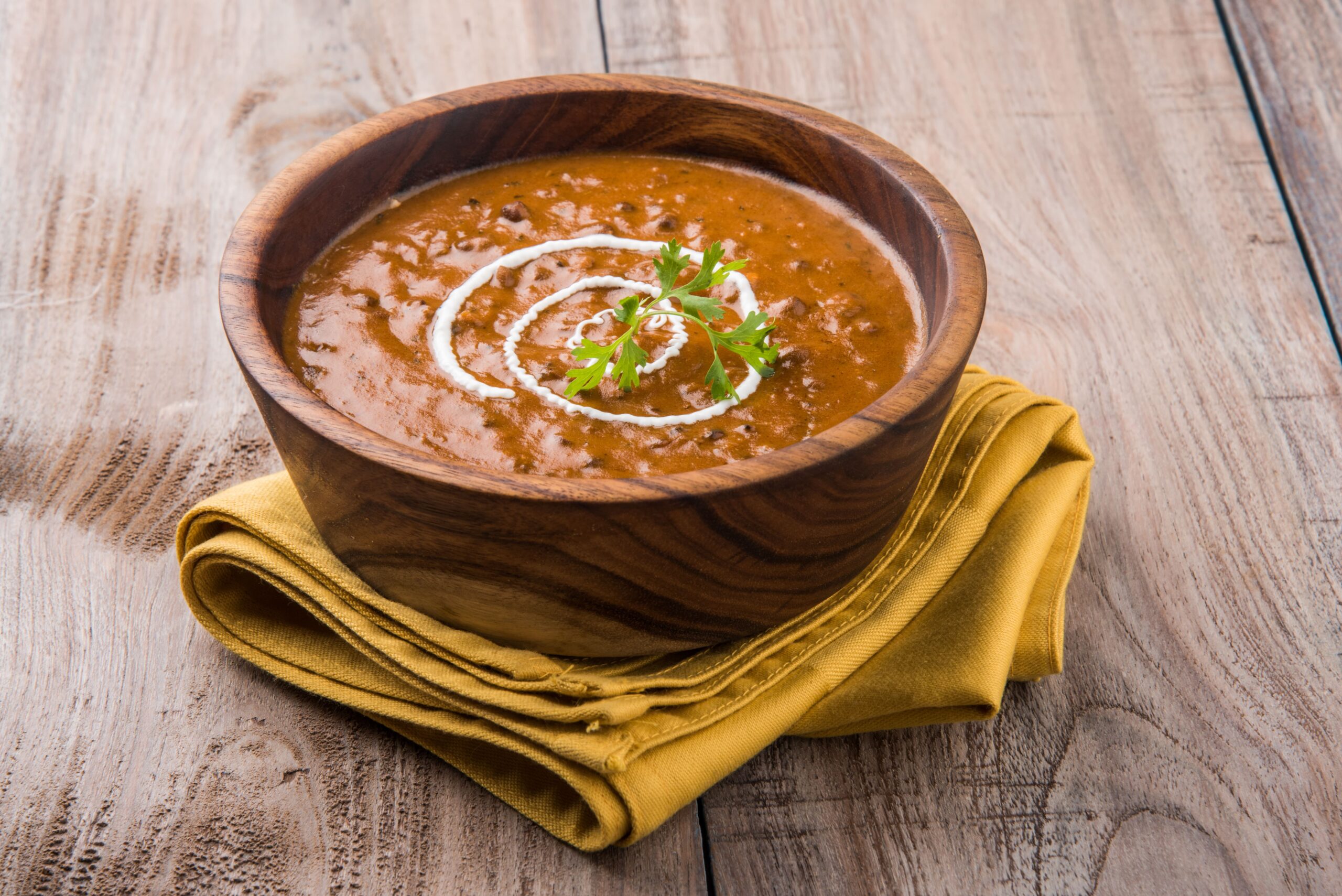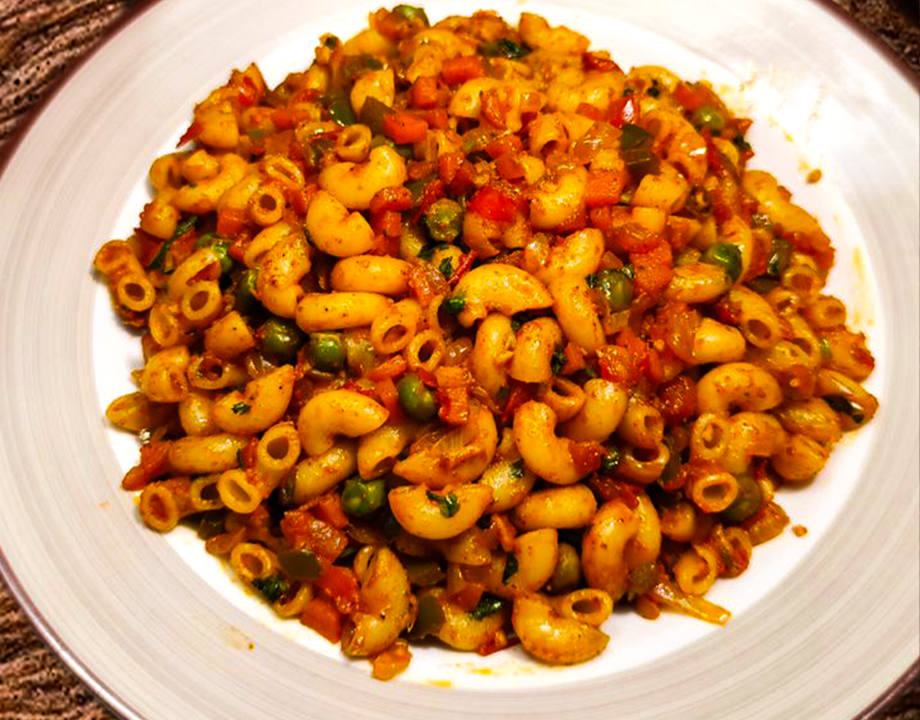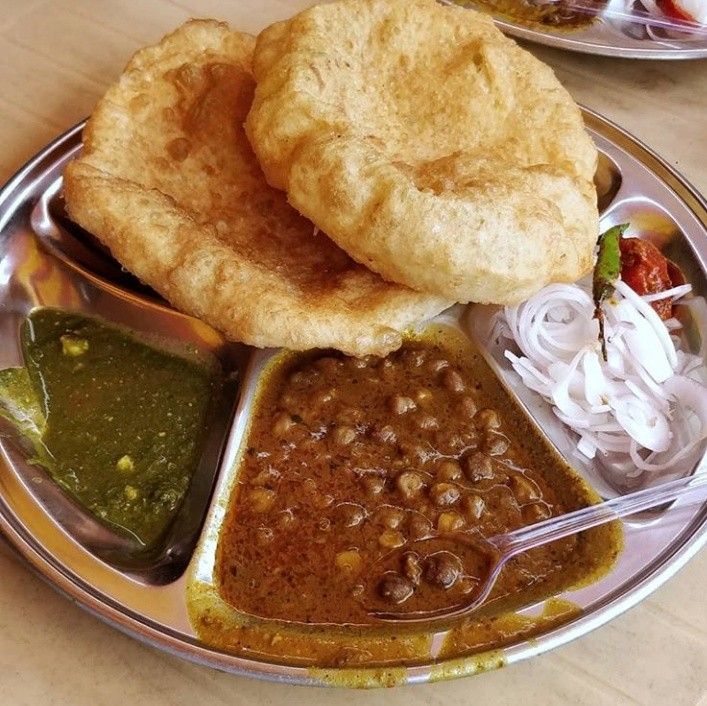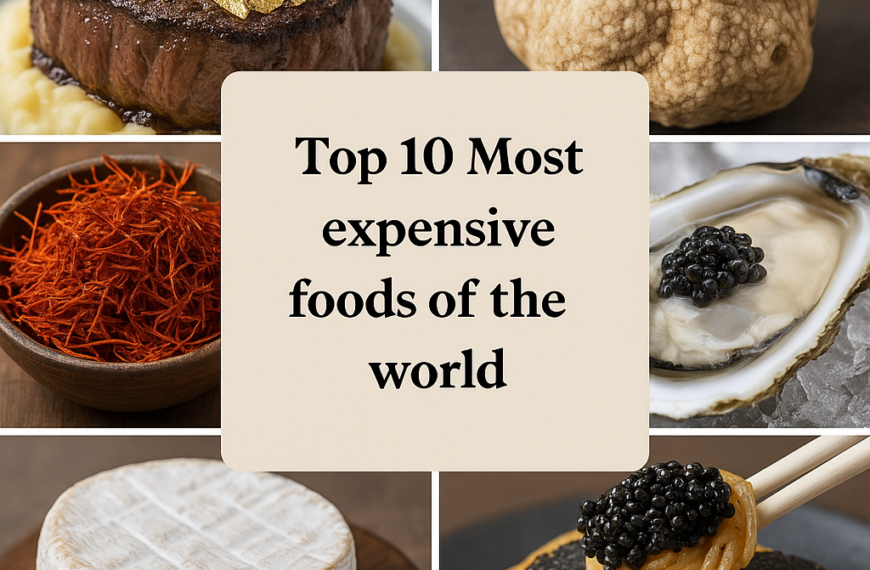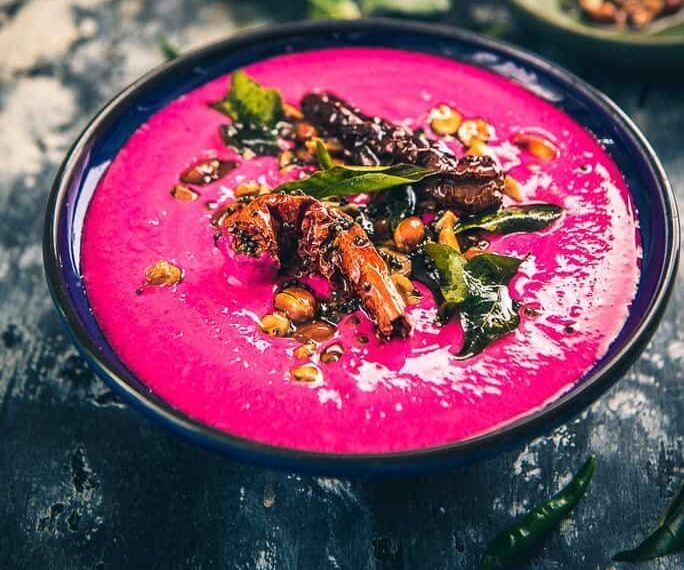Introduction

Hot chocolate cappuccino ranks among the few beverages that bring shared comfort to everyone worldwide. Hot chocolate cappuccino combines luxurious rich chocolate with velvety coffee into one beverage that now represents comfort, indulgence, and chillaxed time. Hot chocolate cappuccino maintains a historical span of centuries for each cup that people enjoy during winter evenings and morning drinking or at quiet café moments.
What part of the world does this fancy beverage originate in? Two independent drinks, hot chocolate, and cappuccino created an ideal pairing together. The development of hot chocolate cappuccino traces back to prehistoric civilizations as well as European coffeehouses before reaching contemporary cafe establishments. The history and cultural importance of this beverage will be discussed in this blog as well as its popularity in homes along with cafés worldwide.
The Ancient Origins of Hot Chocolate

People first started enjoying hot chocolate more than 4000 years ago within the cultural traditions of the ancient Mesoamerican civilizations of the Maya and Aztecs. The first hot chocolate differed dramatically from modern versions since it consisted of bitter spiced water mixed with ground cocoa beans, spices, and chili peppers. Xocoatl represented the sacred Aztec beverage which warriors and rulers drank regularly to gain strength according to their beliefs.
During the early 16th century Spanish explorer Hernán Cortés and others discovered the unusual beverage while exploring the Americas. Spanish explorers became intrigued by cacao properties so they returned it to Europe until its transformation into a sweet mixture through milk and sugar addition. The addition of sugar and milk transformed hot chocolate into a rich and sweetened treat that elite social classes found as a luxurious indulgence during that time.
Hot chocolate reached European hotspots across Parisian cafés London chocolate houses and Italian salons during the 17th and 18th centuries. People started viewing hot chocolate as more than food or drink because it transformed into an item that showed off their advanced taste and luxurious lifestyle.
The Birth of Cappuccino: Italy’s Coffee Revolution
Hot chocolate entered European high society alongside a different drink which started to spread known as coffee. When coffee first reached Venice during the late 1500s Italian history started its lasting bond with espresso beverages.
During the 17th century, the Capuchin monks inspired the creation of the beverage Cappuccino which became known by their name because it looked like their brown robes. During its traditional preparation people combined strong espresso with steamed milk alongside frothy foam to create a rich smooth beverage that delighted Italian drinkers.
The 20th century marked the widespread adoption of cappuccino across Italian cafés since customers enjoyed drinking it at breakfast. People continued the morning habit of having one cappuccino along with a croissant which started in the twentieth century. Hot Chocolate experienced an unexpected fusion with Cappuccino at some point in time
The evolution of hot chocolate cappuccino developed gradually through the gradual blending of these two famous beverages throughout history. Early 1900s Viennese coffeehouses were reportedly the first to develop this drink combination.
A Viennese café barista combined steamed milk with hot chocolate under the wrong assumption it was for an espresso beverage which later became a best-selling drink. The mistaking addition of steam milk to hot chocolate led to an exciting drink profile which delighted customers due to its foamy chocolate coffee strength.
European cafés started serving this blended drink as a regular item during this period. During the mid-20th century, chocolate-infused cappuccinos spread from Italy to France and settled in Austria as well. Two different methods emerged to prepare the drink dark chocolate melting and cocoa powder mixtures. Traditional coffee establishments started offering the drink on their menus before home bartenders worldwide started creating their versions of it.
Hot chocolate cappuccino has become a winter preference that people drink in their homes as well as in restaurants and cafes throughout the world. People from all cocoa and coffee fan groups appreciate the hot chocolate cappuccino as a sign of pampering comfort during cold times.
Cultural Significance: More Than Just a Drink
1. A Symbol of Comfort and Luxury
A cup of hot chocolate cappuccino delivers instant comfort as well as relaxation during any winter evening or rainy indoor moment. Drinking a hot chocolate cappuccino delivers both satiny sensations and decadent taste experiences that link the beverage to experiences of both comfort and self-care together with luxury.
Chocolat-coffee fusion drinks exist across many global cultures including the mocha-type drinks from Mexico and the various styles of chocolat chaud in France. Hot chocolate cappuccino contains various spice flavors including cinnamon and nutmeg and whipped cream as traditional holiday ingredients.
2. A Café Classic
European and North American cafés and artisanal coffee outlets have officially made hot chocolate cappuccino into a standard serving. The beverage has evolved through many contemporary adaptations by adding vanilla, cinnamon, peppermint caramel, and hazelnut to the basic recipes.
3. A Morning or Evening Ritual
Numerous people start their day by drinking hot chocolate cappuccino to receive coffee-strength with a smooth chocolate finish. People consume heated chocolate-caffeinated drinks as dessert items or afternoon beverages after dinner hours and silent reading times.
Modern Innovations: How the Drink Has Evolved
Hot chocolate cappuccino maintains its popularity as a traditional beverage but modern coffee culture brought forth different versions of the drink.
1. Vegan & Dairy-Free Versions
Many establishments now provide dairy-free beverages with almond or oat milk or coconut milk or soy milk as plant-based alternatives since the rise of plant-based diets. Hot chocolate cappuccino options present their version of creamy consistency together with interesting flavor additions.
2. Gourmet and Artisanal Creations
Professional hot chocolate service providers advance traditional beverages through their selection of limited-origin cocoa beans combined with specialty coffee beans and homemade syrups. Cafes that aim to create unique hot chocolate cappuccino flavors add components such as cardamom or star anise to enhance the richness of taste for their customers.
3. Cold & Iced Variants
Colder regions have embraced iced hot chocolate cappuccino as their choice for refreshing beverages. Cooled-down hot chocolate cappuccino now comes with ice cubes together with whipped cream while coffee ice provides additional strength to the taste.
4. Instant & Home-Friendly Options
Instant mixer products along with home espresso machines enable customers to prepare hot chocolate cappuccinos independently of coffee shops. The availability of prepared cocoa coffee mixture along with flavored syrups and frothing equipment enables quick homemade hot chocolate cappuccino preparation.
Nutritional Values of Hot Chocolate Cappuccino (Per 100g)
Nutrients & Energy
| Nutrients & Energy | Values | Units |
| Energy | 75 | Kcal |
| Protein | 2.5 | g |
| Total Fat | 4 | g |
| Carbohydrates | 8 | g |
| Total Fiber | 2.5 | g |
| Cholesterol | 0 | mg |
| Total Sugars | 2 | g |
Vitamins
| Vitamins | Values | Units |
| Vitamin A | 350 | µg |
| Vitamin B1 (Thiamine) | 0.05 | mg |
| Vitamin B2 (Riboflavin) | 0.02 | mg |
| Vitamin B3 (Niacin) | 0.5 | mg |
| Vitamin B6 | 0.1 | mg |
| Vitamin B9 (Folate) | 25 | µg |
| Vitamin B12 | 0 | µg |
| Vitamin C | 10 | mg |
| Vitamin D | 0 | µg |
| Vitamin E | 0.2 | mg |
| Vitamin K | 15 | µg |
Minerals & Trace Elements
| Minerals | Values | Units |
| Calcium | 20 | mg |
| Copper | 0.03 | mg |
| Iron | 1 | mg |
| Magnesium | 15 | mg |
| Manganese | 0.2 | mg |
| Phosphorus | 30 | mg |
| Potassium | 200 | mg |
| Selenium | 1 | µg |
| Sodium | 150 | mg |
| Zinc | 0.2 | mg |
Starch & Sugars
| Components | Values | Units |
| Total Starch | 6 | g |
| Total Sugars | 2 | g |
| Total SFA (Saturated Fat) | 0.5 | g |
| Total MUFA (Monounsaturated Fat) | 2 | g |
| Total PUFA (Polyunsaturated Fat) | 1 | g |
| Total Trans Fat | 0 | g |
| Total Cholesterol | 0 | mg |
Other Components
| Components | Values | Units |
| Total Phytosterol | 5 | mg |
| Saponins | 0 | g |
Conclusion: A Timeless Drink for Every Generation
Hot chocolate cappuccino serves as both a beverage and a cultural union that represents momentary comfort and social enjoyment. Since the Aztecs mixed bitter cocoa with their beverage centuries ago hot chocolate has spread throughout the world to become a contemporary favorite beverage in Italy.
Hot chocolate cappuccino is a cherished beverage that people drink in cafés, at home, and privately while hugging solitude because it bestows pleasant experiences, tranquility, and abundance on life. The combination’s historical narrative demonstrates how unique compounds sometimes create our most excellent discoveries while hot beverages provide essential comfort throughout daily life.
Each sip of hot chocolate cappuccino should remind you about the long history of tradition and invention through which it brings happiness in every serving.





